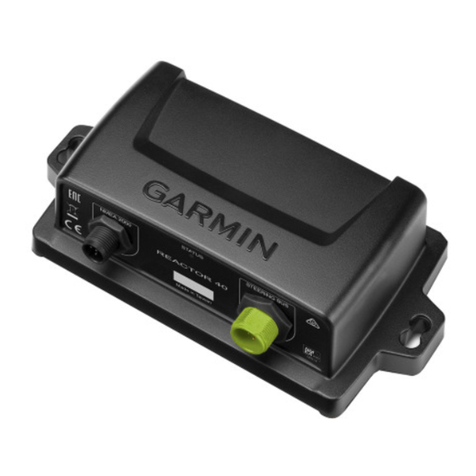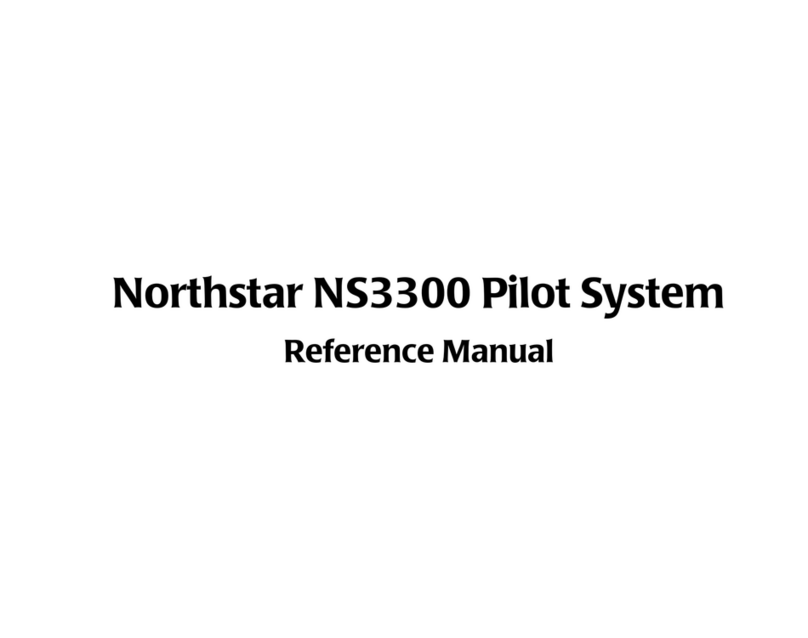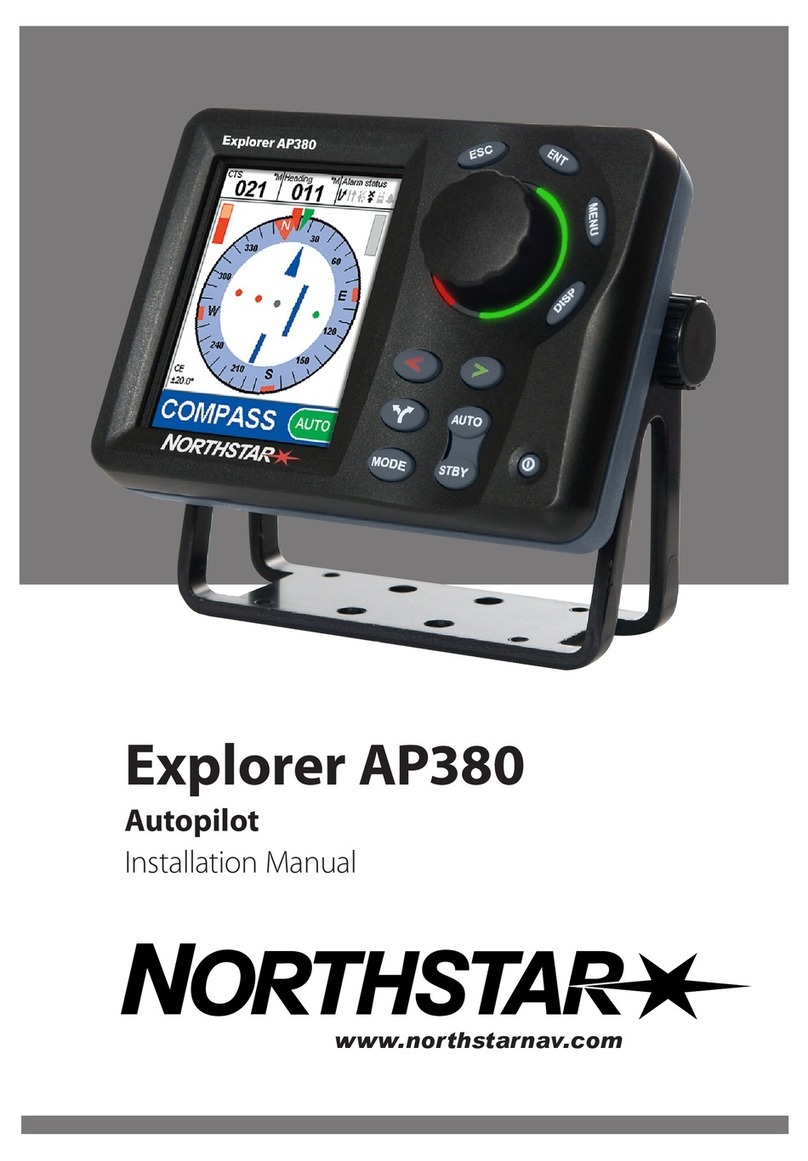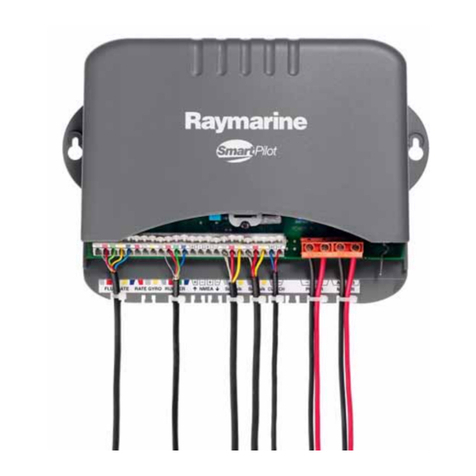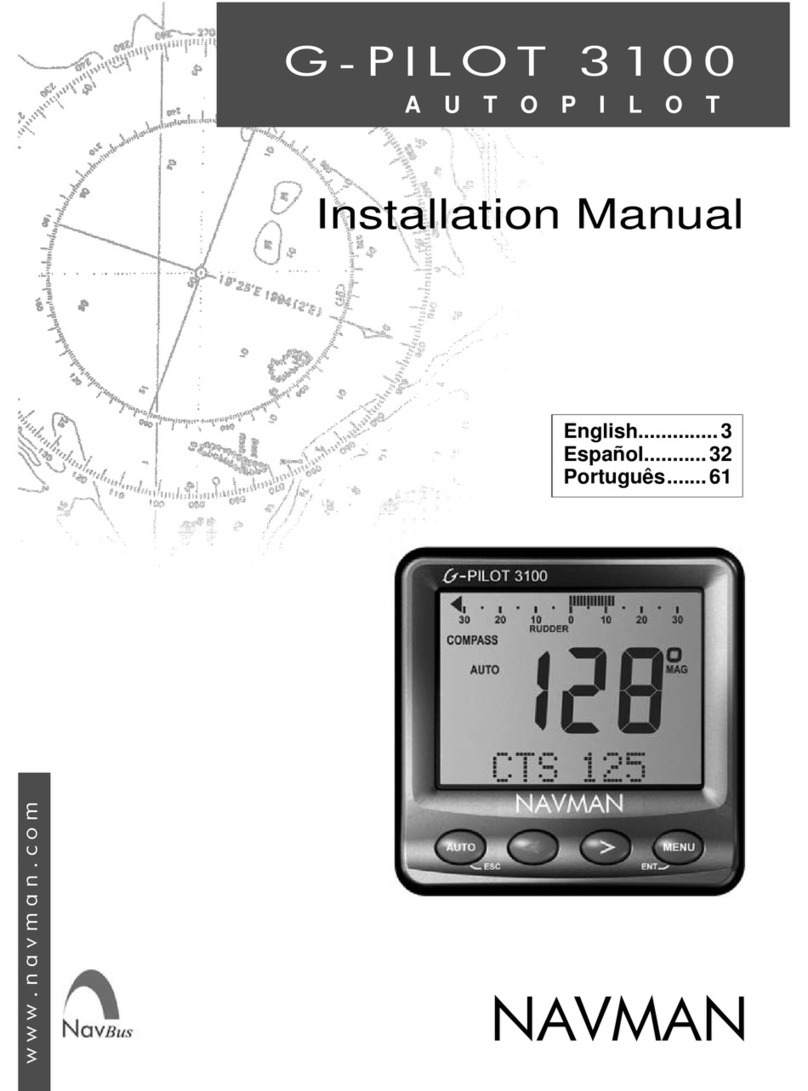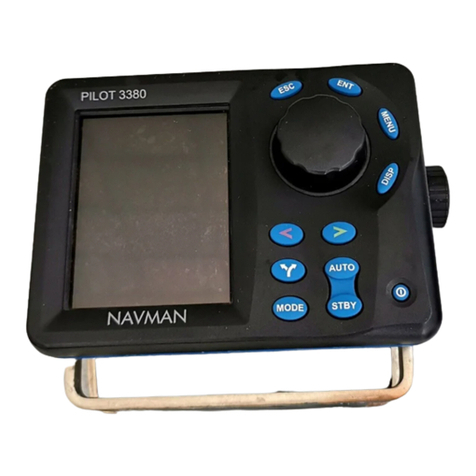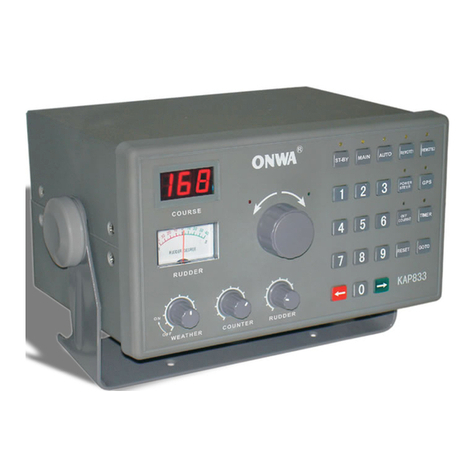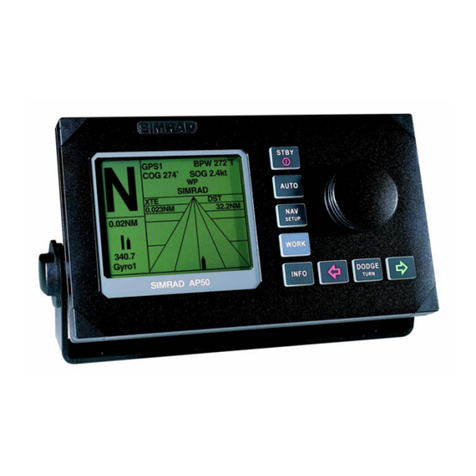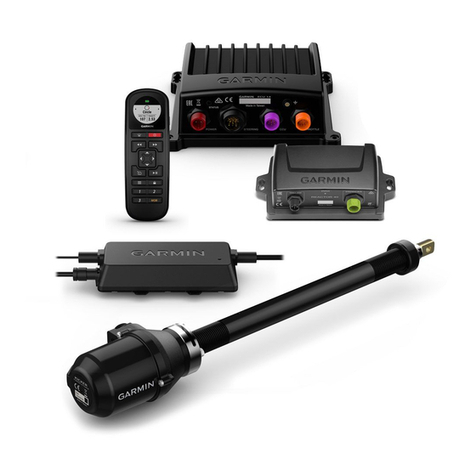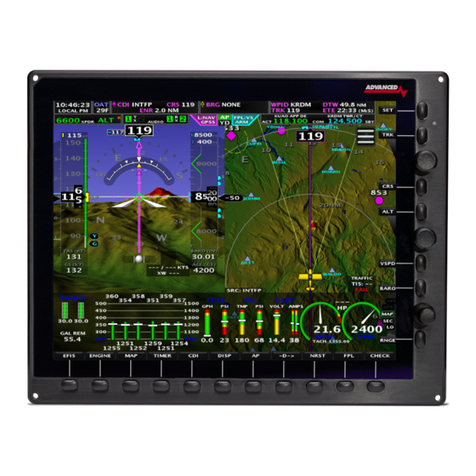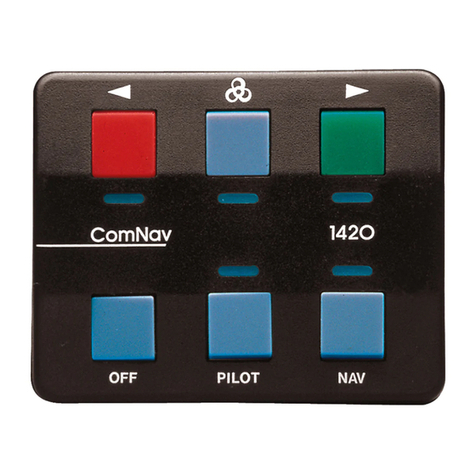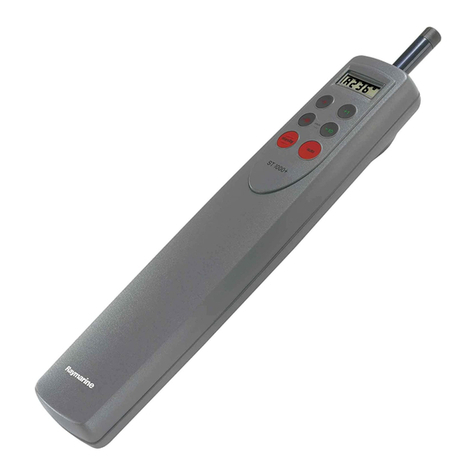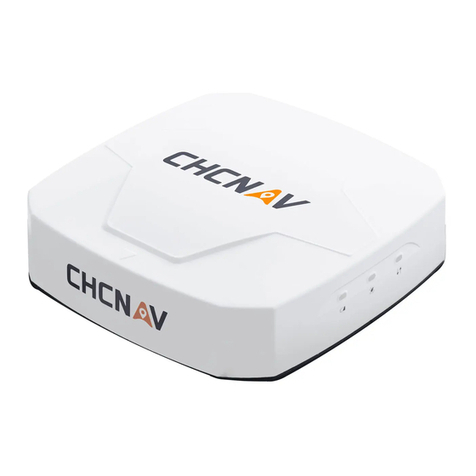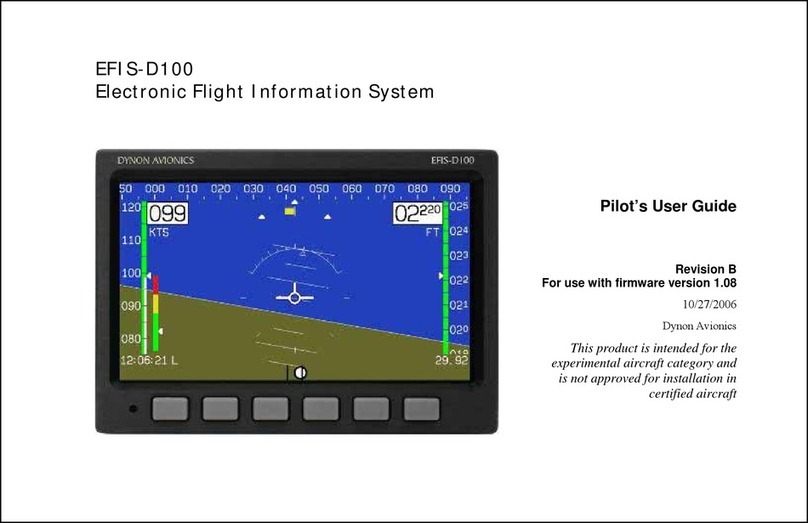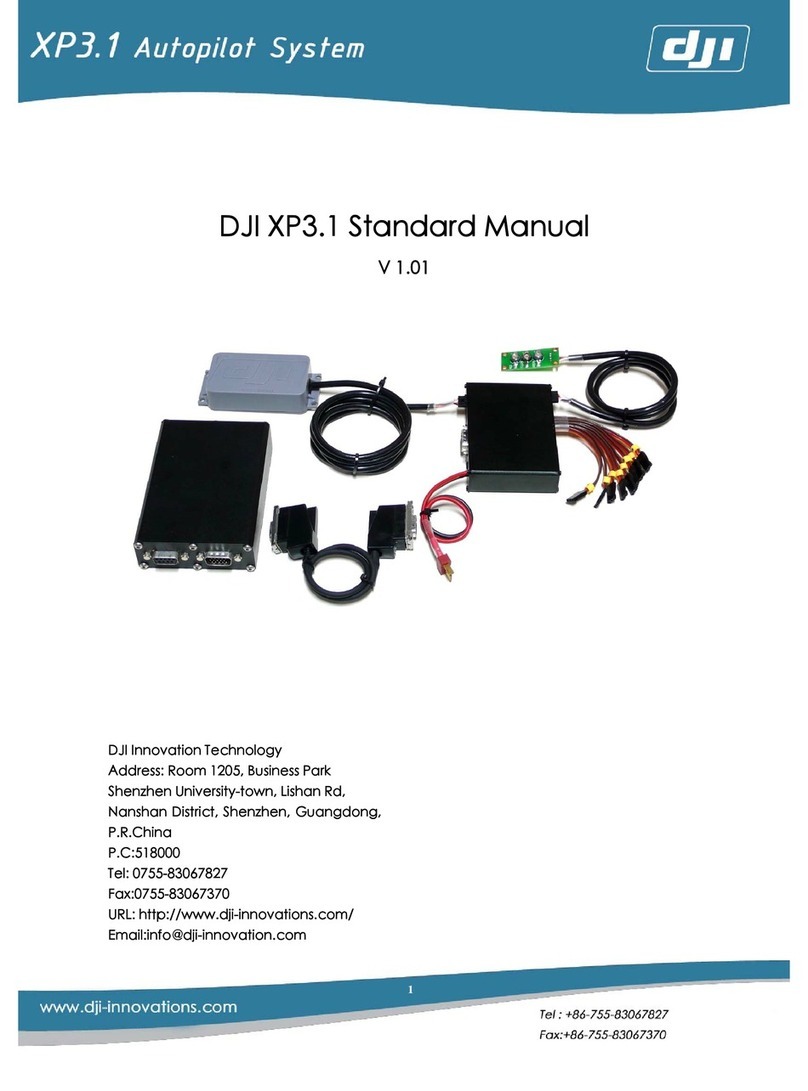G-PILOT 3100 Operation Manual
NAVMAN
8
4 It is possible to change the steering mode
during a voyage, for example:
Change from GPS to compass at the
end of a route.
On a sailing boat, change from wind
to compass or GPS when changing
from sail to motor (see section 3-4).
5 The G-PILOT can be adjusted to optimize
its steering performance:
If necessary, adjust the turn rate so
that the boat turns at a reasonable
rate; go to TURN RATE in the
OPTIONS menu (see section 3-7).
Select a profile suitable for the
conditions (see section 7-2).
If necessary, adjust the data in
the profile to improve the steering
performance (see section 7-3).
If the G-PILOT steering performance
is poor and the above adjustments do
not correct the performance, consider
performing a complete dockside
setup and sea trial as described in the
G-PILOT 3100 Installation manual.
Important:
The G-PILOT cannot control the boat
better than a helmsman. The G-PILOT is
not intended for use in extreme weather,
in adverse conditions or near other boats,
dangerous waters or land. In these
conditions, disengage the G-PILOT and
steer manually.
Never leave the helm unattended, keep a
watch at all times and be ready to resume
steering the boat manually.
Do not try to turn the rudder by hand
when the G-PILOT is engaged.
Local variations in magnetic field can
affect the accuracy of the compass
heading. Such variations are the
responsibility of the user.
2-3-3 Action in an emergency
To regain control of the boat in an emergency
situation:
Either press AUTO to put the
G-PILOT 3100 in STBY (standby)
or turn the power switch(es) off.
Then manually steer the boat.
2-3-4 Turning the G-PILOT 3100 off
It is normal to turn the G-PILOT off upon
reaching your destination.
2-4 Setting the steering mode
The G-PILOT 3100 has three ways to steer
the boat: compass, GPS or wind. These are
called the steering modes.
For a power boat
For a boat without GPS, or for a boat
with GPS when you do not want to navi-
gate to a waypoint, choose compass
mode. The G-PILOT 3100 steers the
boat at a set compass heading.
To use the G-PILOT 3100 with a GPS to
navigate to a waypoint or along a route,
choose GPS mode. The G-PILOT 3100
steers the boat using navigation data
from the GPS.
For a sailing boat
To sail, tack and gybe at a set angle
to the wind, choose wind mode. Wind
mode requires a wind instrument, such as
Navman’s WIND 3100 to be connected
via NavBus or NMEA.
To steer to a set compass heading,
choose compass mode.
To use the G-PILOT 3100 with a GPS to
navigate to a waypoint or along a route,
choose GPS mode.
Note for sailing boats
The G-PILOT is not recommended for
use in light, changeable or gusty winds.
Take care when running to avoid an ac-
cidental gybe.
Wind mode requires the wind instrument
to be accurately calibrated.
